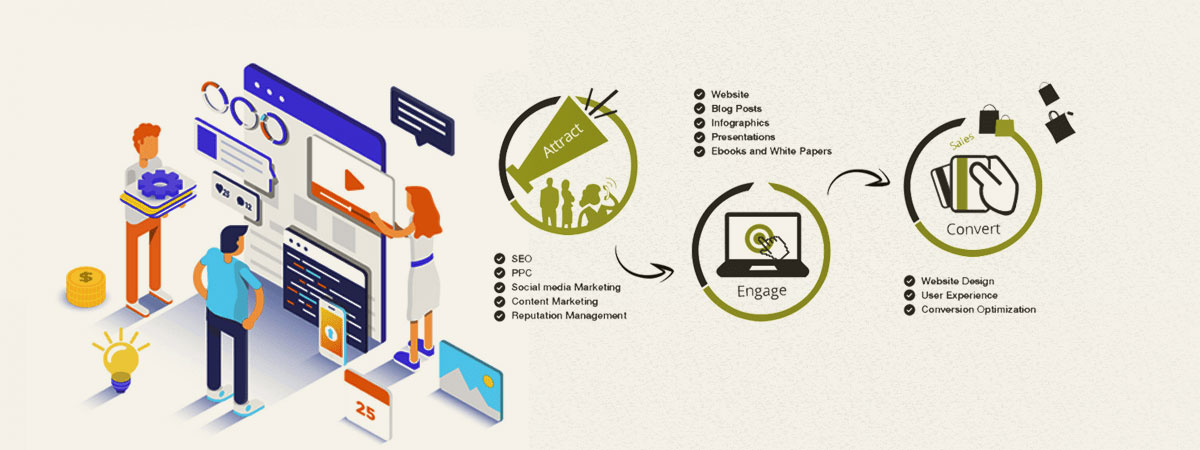Website Design Basics: Tips For Structure A User-Friendly Website
Website Design Basics: Tips For Structure A User-Friendly Website
Blog Article
Material Author-Crews Bak
When it comes to website design, ensuring user-friendliness is crucial. From receptive style to streamlined navigating, every aspect plays a crucial duty in creating a site that accommodates your audience's needs. Yet what concerning the better details that can make or break a customer's browsing experience? Remain tuned as mouse click the next page reveal some often-overlooked suggestions that can boost your web site's use to the next degree, making it genuinely stand out in the digital landscape.
Importance of Responsive Style
Responsive style is an essential aspect of contemporary site growth. Ensuring your web site is receptive ways that it can adapt to various screen sizes and gadgets, providing a smooth experience for individuals.
With the increasing use smartphones and tablet computers to access the web, having a responsive layout is vital for getting to a larger audience. It aids in boosting individual experience by making your web site simple to browse and continue reading any type of gadget.
Furthermore, responsive style can positively affect your online search engine rankings, as online search engine like Google focus on mobile-friendly websites. By having a responsive layout, you're also future-proofing your site, as brand-new tools with varying screen dimensions remain to emerge.
Simplify Navigation Structure
To enhance user experience and promote very easy access to information on your website, enhancing the navigating framework is paramount. When developing your site, focus on producing a clear and user-friendly navigation food selection that aids visitors locate what they're seeking promptly.
Limitation the number of food selection items to the fundamentals, grouping relevant pages together to avoid overwhelming customers. Usage detailed labels that clearly suggest the material of each web page, making it much easier for customers to recognize where each link will certainly take them.
Think about implementing dropdown menus for subcategories to prevent littering the primary navigating bar. Furthermore, include a search bar plainly on the page for users that choose looking for particular info.
Focus on mobile responsiveness in your navigation design to make sure very easy accessibility on all gadgets.
Enhance Web Page Load Rate
Improving page tons rate is crucial for keeping visitors on your internet site. Slow-loading Local SEO For Healthcare Professionals frustrate users and can cause high bounce prices. To maximize page lots speed, begin by maximizing photos. Press photos without endangering quality to reduce their data dimensions.
Furthermore, enable browser caching to keep often accessed resources locally, accelerating load times for returning site visitors. https://www.designerwomen.co.uk/digital-marketing-software-market-size-share-growth-trends-and-forecast-2022-2027/ , JavaScript, and HTML data by eliminating unnecessary personalities, comments, and formatting, boosting lots speed.
Think about using a web content delivery network (CDN) to disperse your website's material across several web servers worldwide, reducing latency for customers accessing your website from different places. Last but not least, restrict making use of third-party manuscripts and plugins, as they can significantly influence load times.
Verdict
To conclude, by incorporating receptive style, simplifying navigation, and optimizing page load speed, you can produce an user-friendly site that attract a wider audience and enhances user experience. These essential elements make certain that visitors can easily access and browse your site throughout different tools, causing boosted interaction and contentment. By concentrating on these key elements, you can build a successful site that maintains users returning for more.
